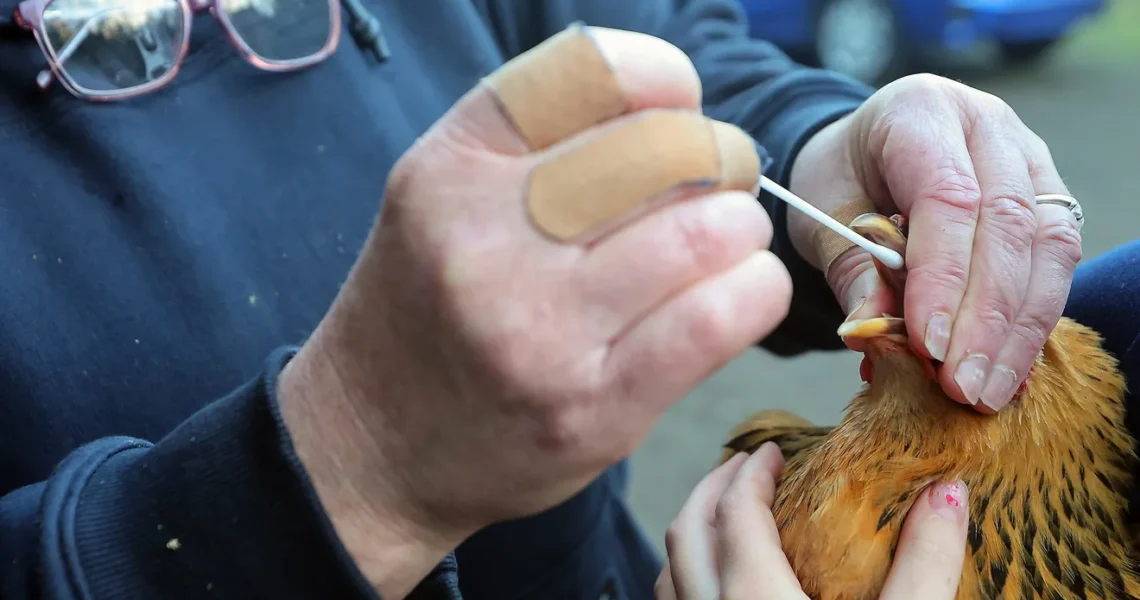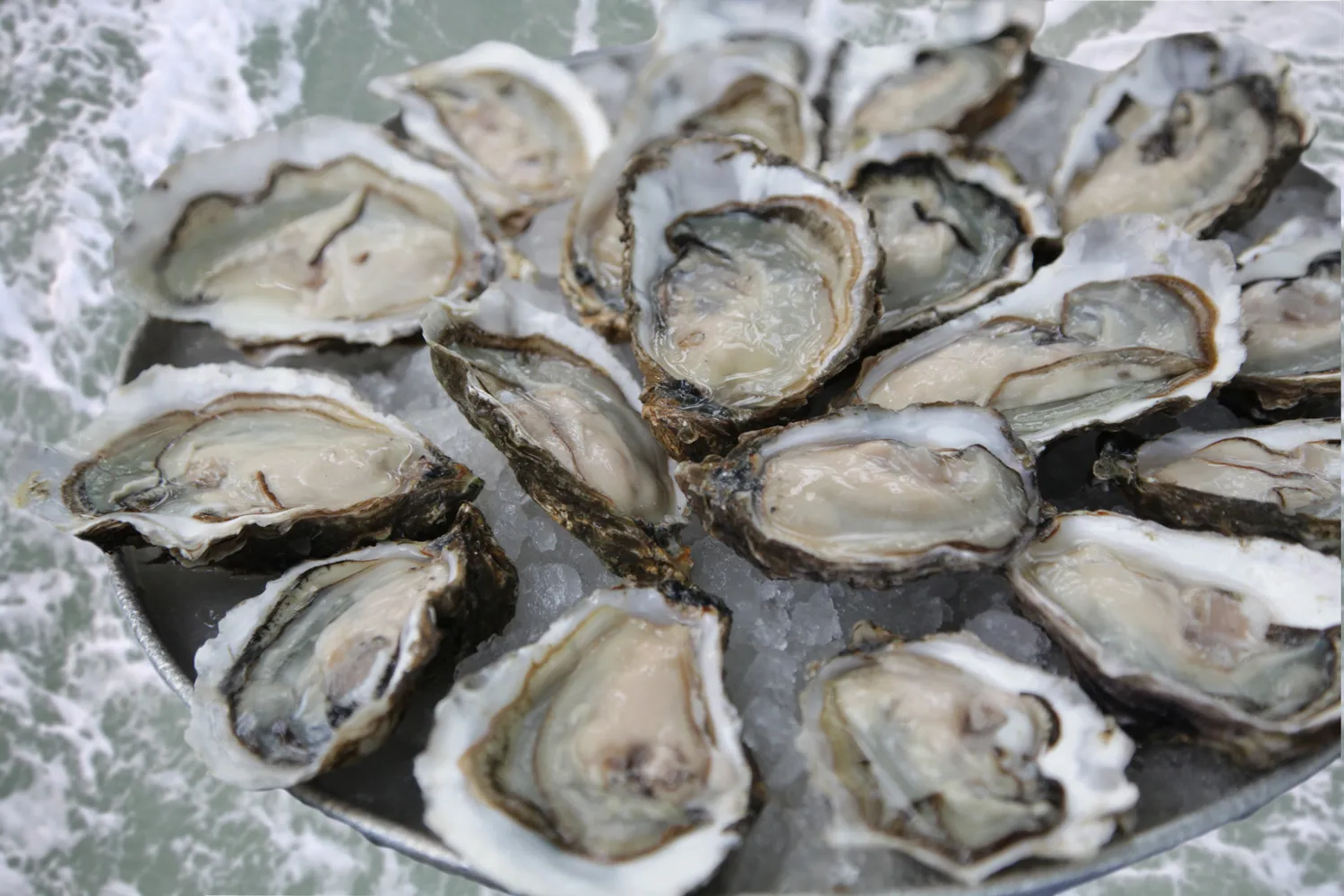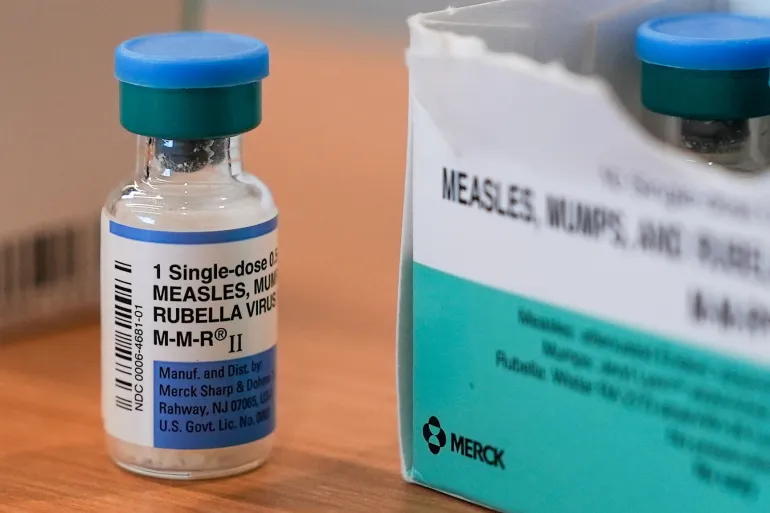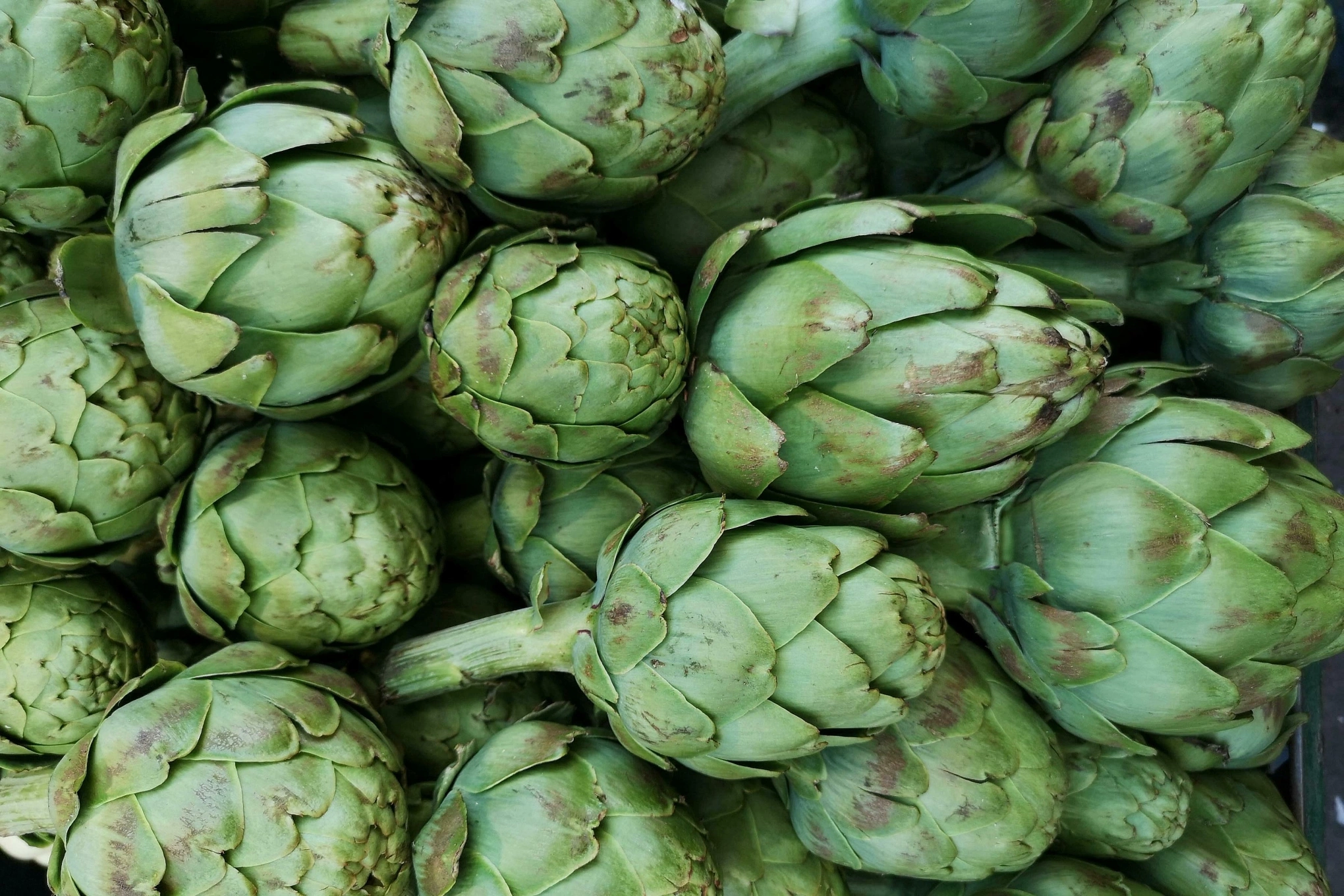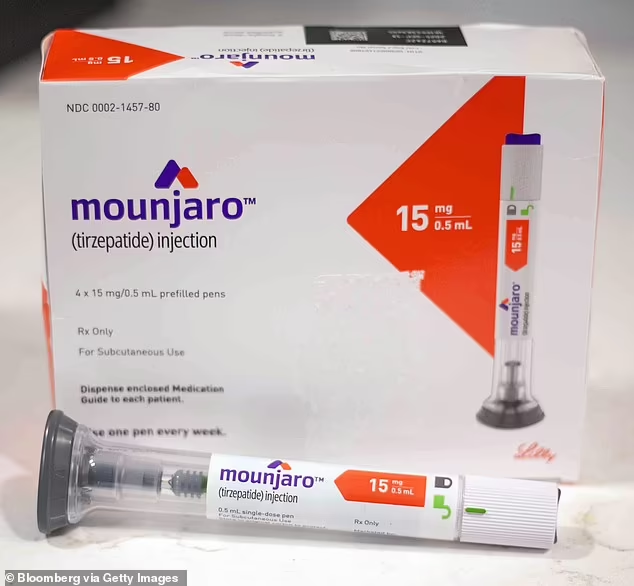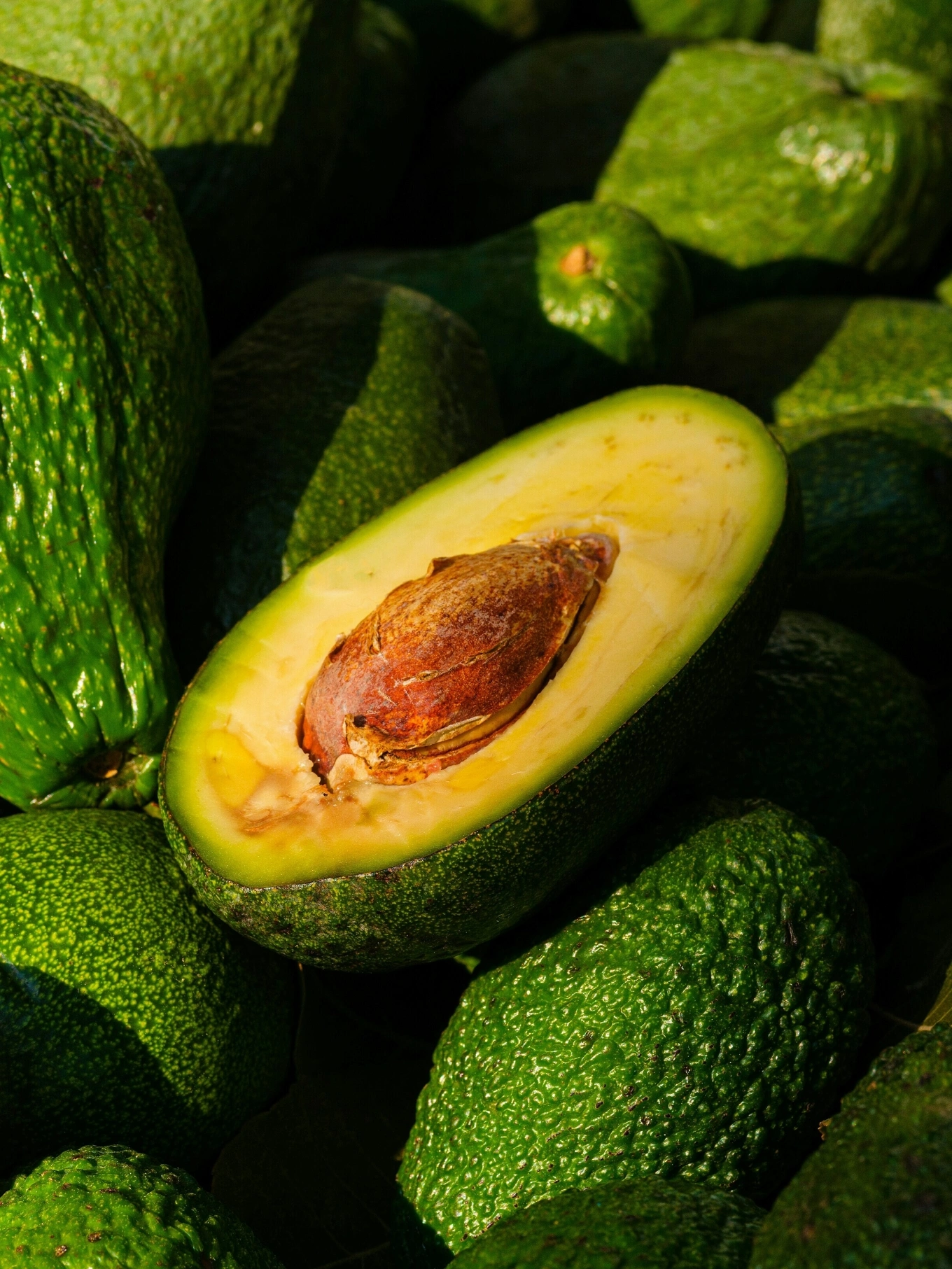H5N1 Bird Flu Spreads: Pandemic Concerns Rise
The H5N1 bird flu virus is currently a focal point of concern for public health officials and experts worldwide. Recent developments have shown the virus spreading across the United States, affecting both animal populations, particularly dairy farms, and leading to a limited number of human infections. These developments have prompted warnings from experts regarding the potential for a new pandemic, urging increased vigilance and preparedness.
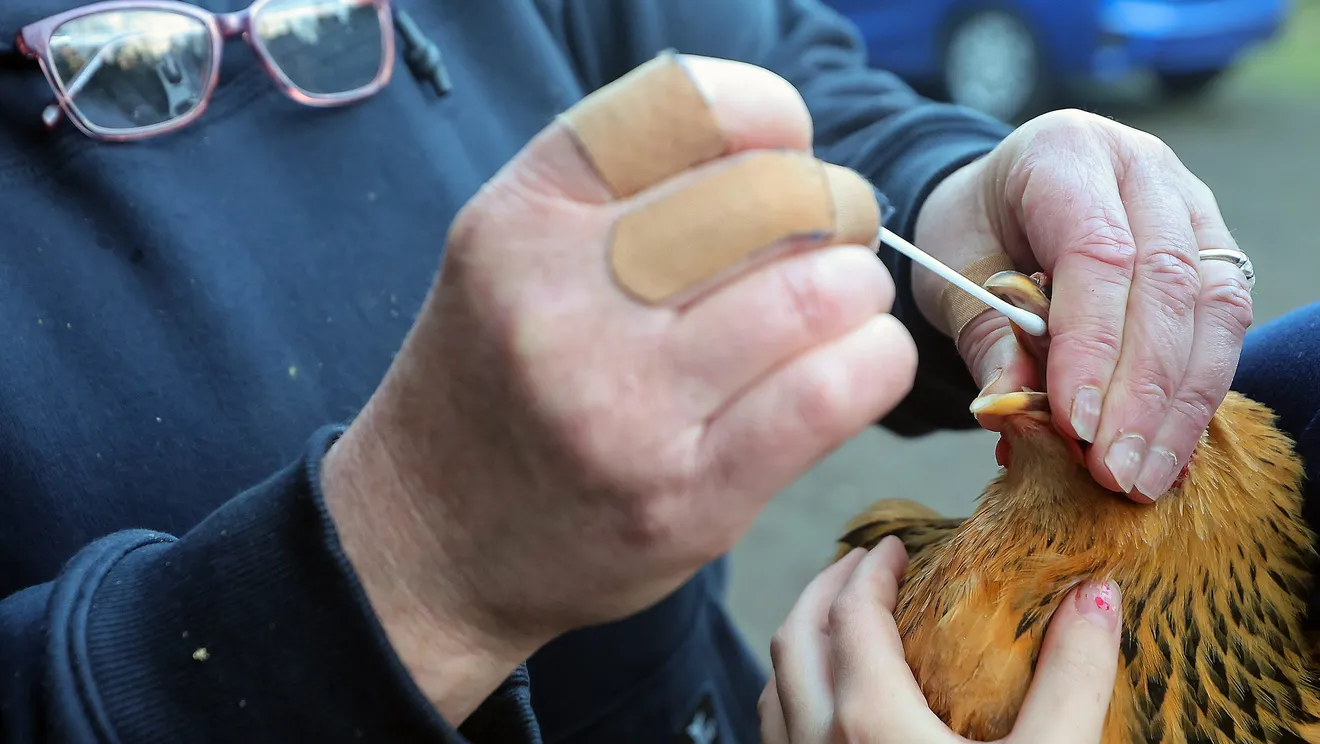
H5N1 Bird Flu Spreads: Pandemic Concerns Rise
Defining H5N1 Bird Flu
H5N1 is a specific subtype of the influenza A virus. Commonly known as avian influenza or bird flu, this highly contagious respiratory illness primarily circulates among bird populations. However, influenza A viruses, including certain H5N1 strains, possess the ability to cross species barriers and infect other animals, including mammals such as seals, cats, and most recently, dairy cows, as well as humans. While bird flu viruses have existed for decades, the current situation involves specific viral characteristics and patterns of spread that are under close scrutiny.
Recent Spread and Impact in the US
The H5N1 virus has been detected across all 50 U.S. states, predominantly circulating in wild bird populations. A concerning turn of events occurred in 2024 with the surprising discovery that the virus had spread from a wild bird to a dairy cow, a new pathway for this particular strain. In the period since, spanning just over a year, the virus has significantly impacted America’s agricultural sectors, affecting dairy herds and poultry flocks, and has led to sporadic infections in humans and other mammals.
According to data shared by the Global Virus Network (GVN), the recent outbreak has affected nearly 1,000 dairy cow herds across several states. It has also resulted in more than 70 confirmed human cases in the United States and, tragically, at least one confirmed death linked to the virus. Furthermore, the virus’s impact on the poultry industry has been immense, contributing to the loss or culling of over 168 million birds since 2022 in an effort to contain outbreaks.
Human Symptoms of H5N1 Infection
In humans, H5N1 infection can range in severity from mild illness to very severe or even fatal outcomes. Initial symptoms of H5N1 infection may include typical flu-like signs such as fever, often a high fever exceeding 100.4 degrees Fahrenheit, along with general malaise, cough, sore throat, and muscle aches. Early symptoms might also include conjunctivitis (eye infection) and other non-respiratory issues.
According to the World Health Organization (WHO), the infection can progress rapidly in some cases, leading to severe respiratory illness, pneumonia, and potentially neurological changes, such as altered mental status or seizures.
Transmission Pathways and Adaptation Concerns
The primary route of H5N1 transmission is typically from infected birds to other birds or to mammals through close contact with sick animals or their contaminated environments (feces, saliva, etc.). The recent spread among dairy cows has raised questions about mammal-to-mammal transmission pathways. Veterinary experts, such as Dr. Kay Russo, have warned that while it’s not entirely clear how the virus is spreading so efficiently from cow to cow, milking equipment is considered a prime suspect. Reports of workers in milking parlors falling ill with flu-like symptoms further suggest potential transmission routes within the farm environment.
A major concern for public health officials is the virus’s potential for adaptation to facilitate easier human-to-human transmission. Scientists from the GVN noted in a report that sporadic human infections occurring in individuals with no known contact with infected animals highlight the possibility that the virus is undergoing genetic changes that could enhance its ability to spread between people.
While efficient human-to-human spread is not currently occurring, the continued circulation of the virus in diverse animal populations—wild birds, backyard poultry, hunted migratory species—amplifies the risk of it evolving and potentially adapting in ways that could pose a greater threat to human health and domestic animal populations.
Expert Warnings on Pandemic Risk
Based on the virus’s widespread detection, its jump to new mammal hosts like cattle, and the concerning instances of human infection, numerous experts have voiced warnings about the potential for H5N1 to trigger a new pandemic. Dr. Kay Russo, a veterinarian, starkly warned in a CBS News interview that the time to stop the bird flu from becoming a wider human threat is “running out.”
Infectious disease physician Dr. Kamran Khan, whose company BlueDot was involved in early flagging of the COVID-19 virus, stated in the same interview that the current bird flu situation is “just as concerning” as the early signals of the COVID pandemic, emphasizing the speed at which H5N1 has spread among dairy cattle. While experts stress that the risk of widespread human-to-human transmission remains low for now, the virus’s recent behavior warrants a high level of preparedness and vigilance.
Public Health and Agricultural Response Efforts
In response to the H5N1 situation, public health and agricultural agencies at federal, state, and local levels have implemented various measures. These include enhanced surveillance efforts, such as increased testing of dairy herds, poultry flocks, and wild bird populations to track the virus’s spread and genetic changes.
Testing is also being conducted on individuals with potential exposure and wastewater to monitor for the virus. Biosecurity measures on farms are being reinforced to limit contact between wildlife and domestic animals and prevent the virus’s introduction and spread within herds. Public health agencies are working to monitor human cases, trace contacts, and ensure healthcare providers are aware of potential symptoms.
Economic Toll on Industries
Beyond the health implications, the H5N1 outbreak has imposed a significant economic toll on agricultural industries. Dairy farmers face losses from sick or deceased animals, reduced milk production, testing costs, and potential restrictions on animal movement. The poultry industry has suffered immense losses due to the need to cull millions of birds in affected flocks to control outbreaks, impacting producers and supply chains.
Human Vaccine Development and Preparedness
Efforts to develop a human vaccine against H5N1 have been underway for some time. Candidate vaccines exist, but they may need to be updated to match circulating strains, and there would be a significant challenge in scaling up manufacturing quickly in the event of a human-to-human spread scenario. Public health preparedness involves planning for potential rapid vaccine development, manufacturing, and distribution, as well as maintaining stockpiles of antiviral medications.
Public Health Guidance
For the general public, guidance typically involves avoiding contact with sick or dead birds and other animals. For those working with poultry or livestock, adhering strictly to recommended biosecurity practices is essential. Ensuring food safety is also key; pasteurization effectively inactivates the H5N1 virus in milk, making commercial dairy products safe for consumption.
Continued Monitoring and Vigilance
The H5N1 situation remains dynamic and requires ongoing close monitoring in animal populations and humans. Collaborative efforts between veterinary health, public health, and environmental agencies are crucial for tracking the virus, understanding its evolution, and responding effectively.
The current H5N1 spread serves as a critical reminder of the importance of robust surveillance systems, preparedness planning, and international cooperation in addressing potential zoonotic disease threats. Continued vigilance is necessary to mitigate risks and protect both animal and human health.
